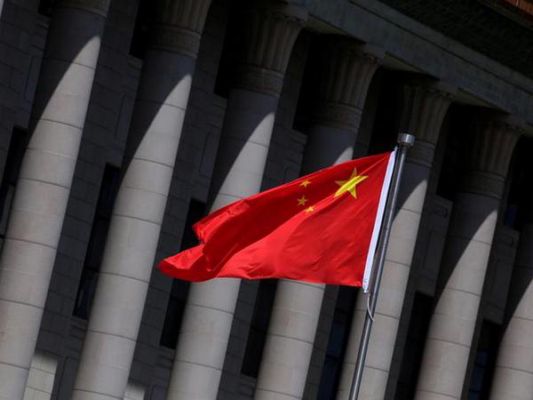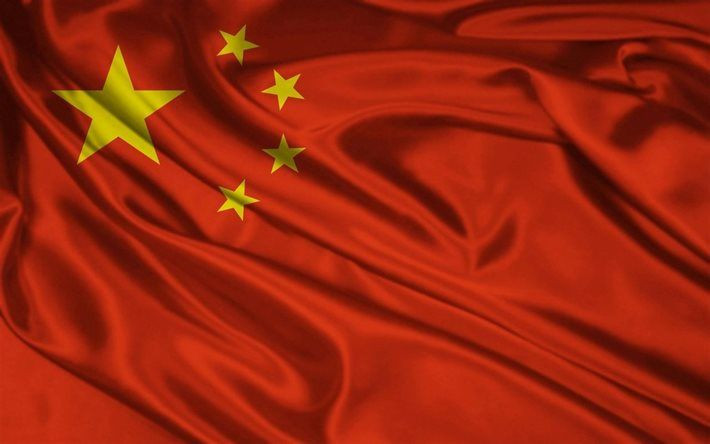
THE story of China’s transition to become a global economic giant has been told severally but no one guessed that, at some stage, the country would be on the verge of shedding off part of its manufacturing industry as the economy reaches its peak. It is a story that demonstrates what leadership can do if they develop a clear plan, commit to it, bring together all its resources and work with the people to improve the country.
Tapiwa Gomo
Before understanding the prospects arising from China’s new economic shift, let us remind ourselves how China got to where it is today.
After decades of political and economic instability including an estimated 15 to 35 million deaths between 1958 and 1961 mostly from starvation, China embraced capitalism in the late 1970s but within the broader ideology of communism.
The economic strategy entailed a number of measures including centralised economic planning; embracing manufacturing as the engine of growth; permitting and facilitating foreign companies to invest and import foreign machinery, technology and knowledge at reduced taxes; creating a conducive investment environment, dismantling foreign trade impediments and cutting labour costs.
These were some of major short-term compromises and sacrifices which established China as the world’s factory with a global export share of nearly 40%.
From the late 1970s since the beginning of the post-Mao reform to the late 1990s when China adopted a market-driven economy approach before joining the World Trade Organisation in 2001, its economy continued to grow and become part of the global economy.
They have not look back.
- Chamisa under fire over US$120K donation
- Mavhunga puts DeMbare into Chibuku quarterfinals
- Pension funds bet on Cabora Bassa oilfields
- Councils defy govt fire tender directive
Keep Reading
In the last four decades of economic reforms and becoming the world’s second biggest economy modelled around low-labour costs and labour-intensive world’s factory, the dynamics in China have shifted.
The manufacturing sector allowed China to attract massive foreign industries which are now trapped by a rising consumer base and a middle class whose wages and income have now adjusted to global standards.
That is not all. With that China is now shifting into more advanced production of items such as electronics as part of its strategy to focus on higher-end manufacturing relying on its high technology level and production efficiency.
This means that China is on the verge of gradually shedding off the work of cranking out cheap, labour-intensive goods to other countries.
This also means that sooner or later there will likely be a global gap in the labour-intensive industry, mainly in the production of textiles, toys, clothes, footwear and furniture where it is not easy to replace manual labour with technology and artificial intelligence.
If China decides to “dump” the world factory role, the question is who will likely assume its role.
This is a massive gap worth nearly 40% of global export share and an opportunity that African countries can embrace both as individual countries or as regional blocks.
First, the resources China uses to sustain its world factory role largely come from Africa. Establishing industries on the continent would reduce the logistics cost of moving raw materials across to East Asia.
Second, Africa is centrally situated and closer to global markets such as Europe and the United States of America that China supplied over the past four decades. And again, it would reduce transportation costs.
Third, the growing unemployment rate among young people in Africa means that labour costs will be relatively lower, which altogether contribute to maintenance of low prices of finished products.
Fourth, it will give African countries the power to ensure economic growth occurs while ensuring environmental preservation and sustainability. And finally, it is an opportunity to evade the Western shenanigans by retaining China and other Asian countries as possible markets which together boast 56% of global population.
Grabbing these opportunities requires political will and a change in mindset both of which are free of charge.
It also comes with major challenges, one of which is that there are still Western countries that are against the prospects of Africa economic growth.
This is because economic growth for the continent threatens former colonisers’ hold on the continent’s raw materials.
It would mean loss of control of African resources, including through manipulation of prices at the global markets.
These countries are happier with Africa retaining the role of a global raw material supplier and to prescribe economic policies that perpetuate poverty. But Rwanda and Ethiopia have proven that these impediments can be overcome.
If African countries sneeze, they will lose. China has options of retaining their manufacturing industry by reorganising it. It has already started outsourcing or moving some of its manufacturing industry to countries such as Rwanda and Senegal.
By 2015, a Chinese garment factory began operations in Kigali, Rwanda under an arrangement to train and hire the Rwandan workforce.
If this scenario is replicated elsewhere on the continent, it will simply suggest our inability to take the lead of our own economic growth.
Another option is that China may just decide to retain the labour intense manufacturing industry but move them to their underdeveloped rural areas where labour costs remain low.











